
CenterAustria at the University of New Orleans is celebrating twenty-five years of promoting student exchange between Austrian universities and the University of New Orleans. Established in 1982, the program has sent well over 1,000 students from throughout Austria, immersing themselves in studies of American history, politics, society and economics at the University of New Orleans, and enjoying New Orleans cultural highlights like Mardi Gras, swamp tours and gospel masses.
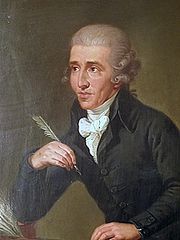
In 2009 the music world around the globe will commemorate the 200th anniversary of the passing of Joseph Haydn (1732-1809), one of the most prominent composers of the classical period. Born in Rohrau (Lower Austria), Haydn became Kapellmeister to the Esterházy family, residing from 1766 to 1790 in Eisenstadt (in present-day Burgenland). He won renown as Europe’s most famous composer during his later years. He was a universal musical genius having composed operas, 107 symphonies, 69 string quartets, 128 baryton trios and 14 masses and is often referred to as the “Father of the Symphony” and “Father of the String Quartet.” As birth place and home of Joseph Haydn, Austria will host several series of exquisite concerts, exhibitions and other cultural highlights featuring renowned conductors Nikolaus Harnoncourt, Christophe Rousset, Adam Fischer, Sir Colin Davis, and others, performing with outstanding orchestras. Major events will take place in Eisenstadt and Vienna.
"Ulrike Anton - flute, Russell Ryan - piano"
By Cecelia Porter
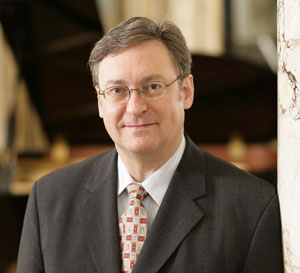
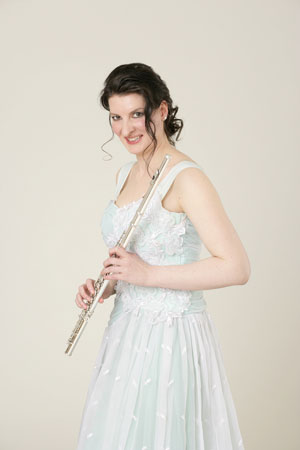
A notable highlight of the numerous cultural events dedicated to Joseph Haydn’s Anniversary at the Austrian Embassy in Washington, D.C. was the concert by flutist Ulrike Anton and pianist Russell Ryan, which took place on February 5, 2009. Austrian Information is happy to bring an enthusiastic review of this memorable evening by The Washington Post’s classical music critic, Cecelia Porter.

Over many decades Burgenland’s rich history has been marked by the number of emigrants who have chosen to emigrate to other countries. Of all Austrian provinces, Burgenland has represented the largest group of emigrants. In 1922 alone 61% of those Austrians emigrating to America were from Burgenland and in 1923, the number reached 72%. For those two years, Burgenlanders left their home country at the rate of 600 people per month or the equivalent of an entire village every month.
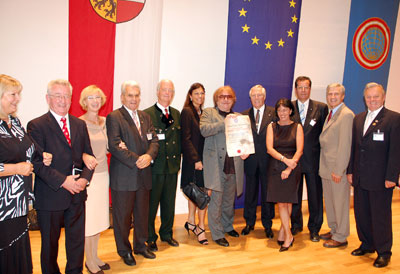
The World Federation of Austrians Abroad and the Austrian Foreign Ministry in Vienna have recently introduced a number of initiatives in order to meet the needs of Austrians abroad. More than 450,000 Austrians are registered with the Austrian Embassies and Consulates worldwide. Most of them live in Germany (230,000), Switzerland (40,000) and the United States (30,300), with significant numbers in South Africa, Australia, Great Britain, Brazil and Argentina. Austrian expatriates are distinguished representatives of their country and have contributed significantly to the positive image and fine reputation Austria enjoys. In view of their significant contribution to Austria’s image, they are often referred to as the “tenth Austrian State.” This was the subject of an exhibition two years ago in the Austrian Parliament. Today almost 170 member groups belong to the World Federation of Austrians Abroad, which serves as an umbrella organization for all associations and societies of Austrians abroad. It fosters and strengthens a sense of community and friendship among Austrians worldwide. It also provides a platform for networking and a forum for all organizations around the globe which serve Austria’s expatriates.

When Prof. Fritz Molden, President of the Auslandoesterreicherwerk from 1970-2005, produced a documentary about ‘Austrians Abroad’ (“Auf Rot-Weiss-Roten Spuren”), he conceived the idea of creating the ‘Austrian-American Regional Councils’ (AAC). Originally six such councils were established in the United States for the purpose of exploring common interests and encouraging a strong networking base for the many diverse Austrian clubs formed by immigrants throughout the USA to maintain and nurture their cultural heritage.
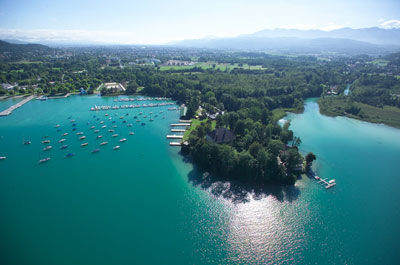
Austrian Summer Schools 2009
For those interested in pursuing summer studies in Austria, whether it be learning German or attending academic lectures on Europe viewed through different fields such as Law, Politics, History, Economics, Art, Music, etc., Austrian summer schools offer a diverse program for every need.

For many here in the U.S. the name Peter Steiner evokes images of the legendary cartoons that have appeared in The New Yorker and other publications. Some have become icons which have often been reproduced on tea cups and greeting cards. That Peter Steiner is a highly versatile artist is revealed in a recent exhibition of his portrait collection which can be seen at the Austrian Embassy in Washington, D.C.
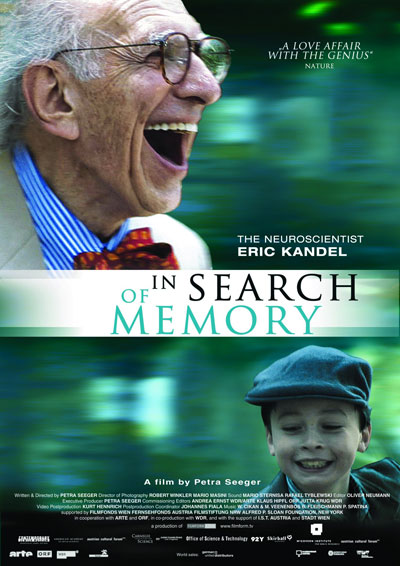
On January 27, 2009 the Carnegie Institution for Science, the Austrian Cultural Forum Washington and the Office of Science and Technology at the Embassy of Austria co-hosted a screening of “In Search of Memory,” a 95-minute documentary film by producer/director Petra Seeger on the life of Columbia University neuroscientist Eric Kandel, which was shown on tour throughout the U.S. Dr. Kandel won the Nobel Prize in Medicine in 2000 for his research on how our brains create memories.
Paul Hoffmann, born in Vienna, known for his resistance against the rise of the Nazis in Austria and as an informer for the Allies while serving on the staff of the commanders in occupied Rome during WW II, died at the age of 96 on January 2, 2009 in Rome. Years later he became a foreign news correspondent for the New York Times and an author of travel books.
An ardent opponent of Nazism, Hofmann fled his native Vienna for Rome after German troops occupied Austria in 1938. He was eventually drafted into the German army and posted to Rome, where he became the personal interpreter for two successive Nazi commanders, Gen. Rainer Stahel and Gen. Kurt Maetzer.
After befriending members of Rome’s anti-Fascist Resistance, Hofmann passed on news to the anti-Nazi underground, including the deportation of Jews from Rome in October 1943 and on the mass murder of 335 Italians at the Ardeatine Caves in 1944.
Hofmann eventually deserted the German army, and after the war was a prosecution witness in the war crimes trial of those generals involved in the mass killing at the Ardeatine Caves.Years after, Hofmann joined the New York Times bureau in Rome, reporting nearly half-a-century on Africa, the Middle East, Brazil and the United Nations as well as the Vatican.
Retiring as a reporter in 1990, he wrote more than a dozen books, mainly on Rome, the Vatican and Italy.
